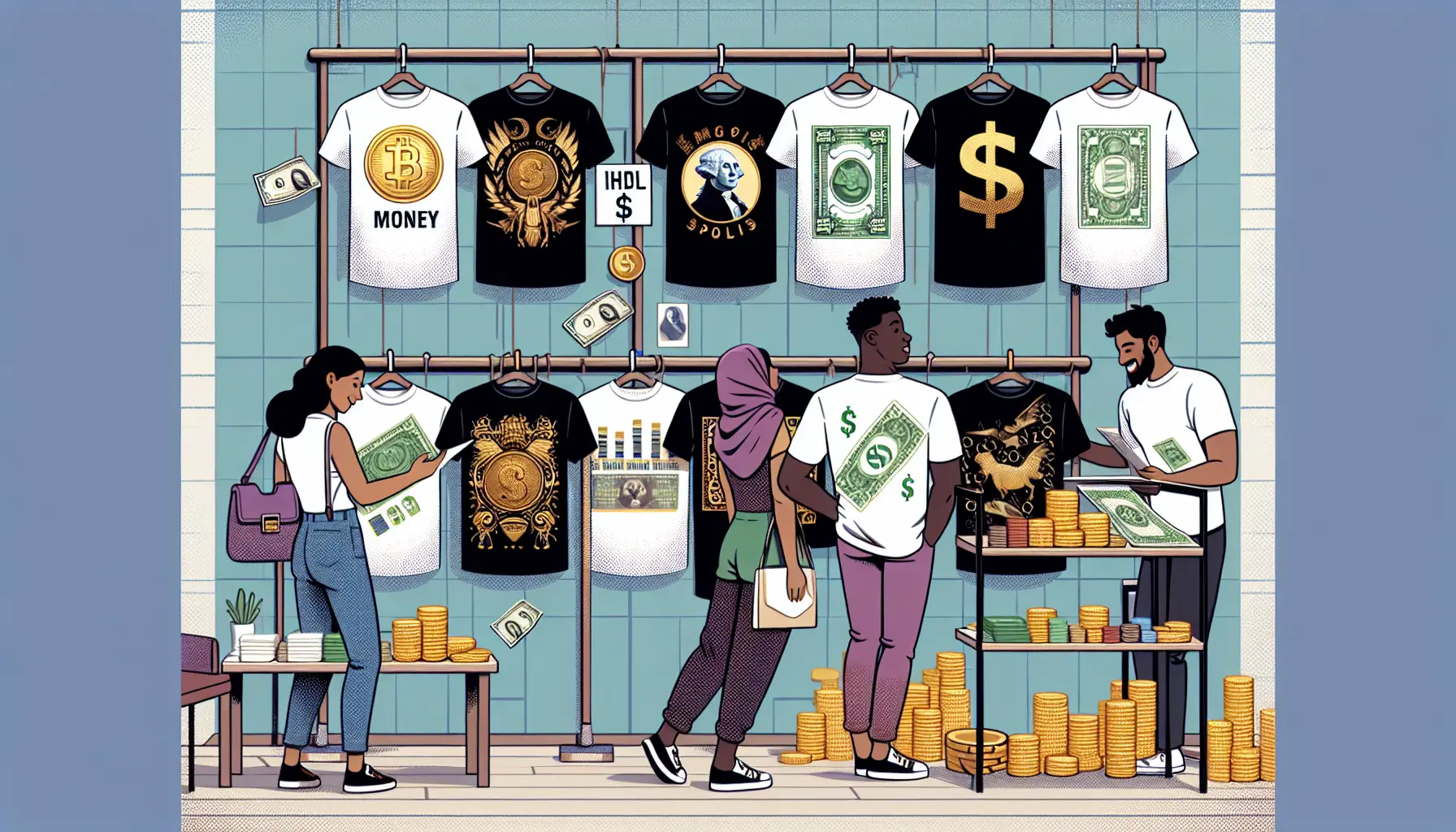The Evolution of Currency and Its Role in Society
A Canvas of Culture: Stories Etched in Currency
Ever held a banknote and felt like you were holding a piece of someone else’s history? Some currencies go beyond numbers—they’re works of art, miniature storybooks, or even political statements. Take the **Icelandic Krona**, for example. Instead of kings or presidents, it proudly showcases *poets* and *fishermen*, celebrating everyday heroes over royal legacies. It’s as if Iceland whispers, “Here, we honor the soul of our land.”
And then there’s the **Zambian Kwacha**, featuring a striking African fish eagle mid-flight. You can almost feel the breeze of freedom as its wings stretch across the sky. It’s not just money—it’s a reminder of resilience and independence, embodying Zambia’s journey post-colonial rule.
For something truly jaw-dropping, look no further than **Palau’s $1 coin**. Why? Embedded in the coin is an actual drop of *holy water*. Yes, you read that right—a drop of liquid blessed in the Vatican itself! It blurs the line between currency and relic, turning every transaction into a spiritual experience.
- Currency isn’t just about buying and selling; it’s a mirror reflecting a nation’s heart.
- Each design choice tells a story, sometimes whispered, sometimes shouted.
What stories are hidden in your wallet right now?
Unusual Materials Used in Currency Around the World
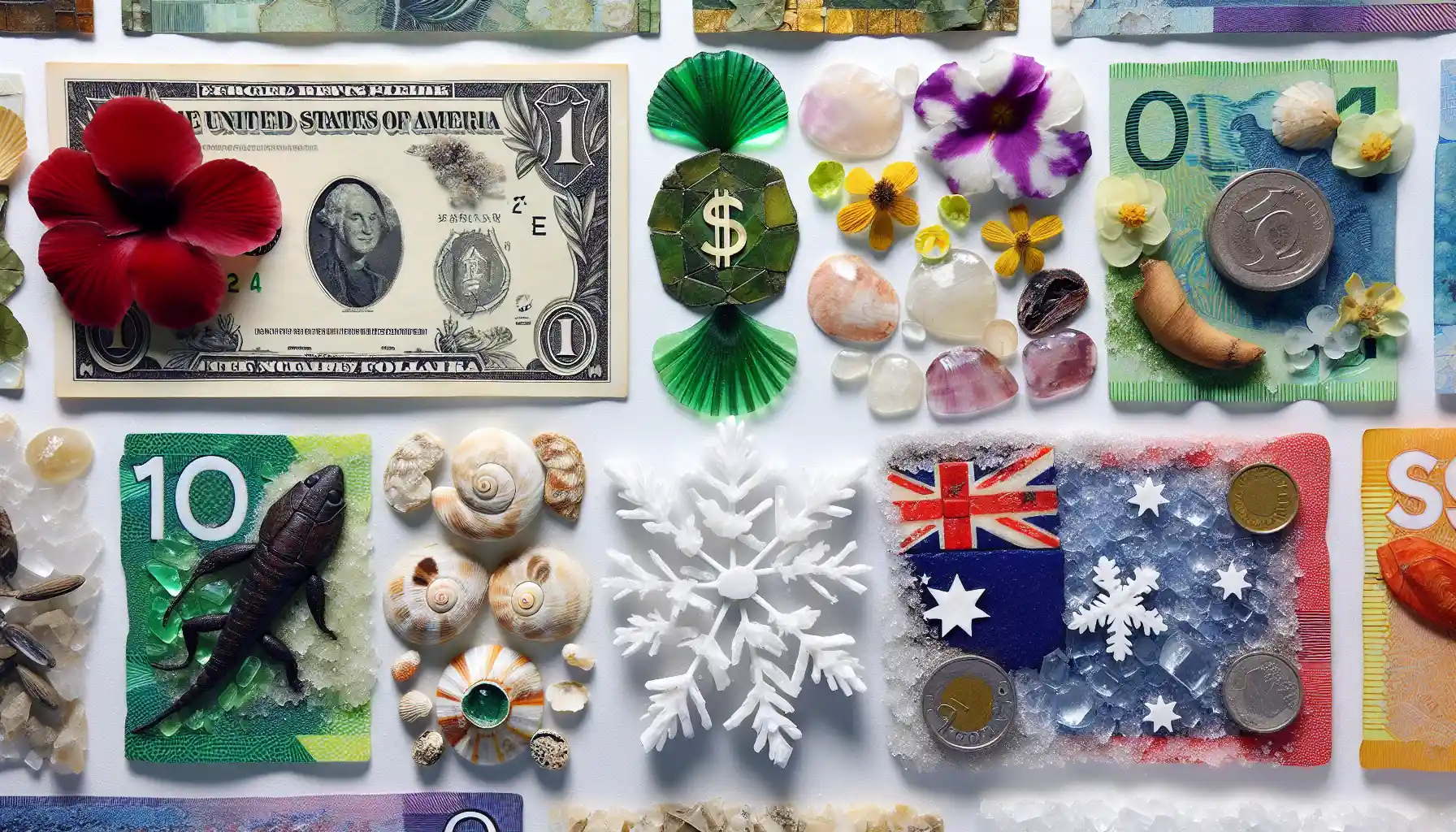
Money Made of Stone: Yap’s Astonishing Rai Discs
Imagine paying for dinner with a piece of currency so massive, it needs its own parking space. Welcome to the island of Yap in Micronesia, where the locals didn’t just think outside the box—they shattered it. Here, they used *stones* as money. Yes, you read that right: enormous, carved limestone discs called
Rai stones served as the island's currency for centuries.
These “coins” are anything but pocket-sized. Some are as small as a plate, while others can weigh several tons and tower taller than a grown adult. Transporting one often required a full team or even a canoe ride across the ocean. And here’s the kicker: ownership wasn’t always about physically moving the stone. Everyone simply *knew* who it belonged to—like a shared spreadsheet, but way more impressive.
Why limestone? It wasn’t found on Yap, making it rare and valuable. Islanders would travel hundreds of miles to mine it, then haul it back—a journey so grueling, the stone’s story became part of its worth. Imagine buying something today based on how epic its backstory is!
Creative and Outlandish Currency Design Concepts
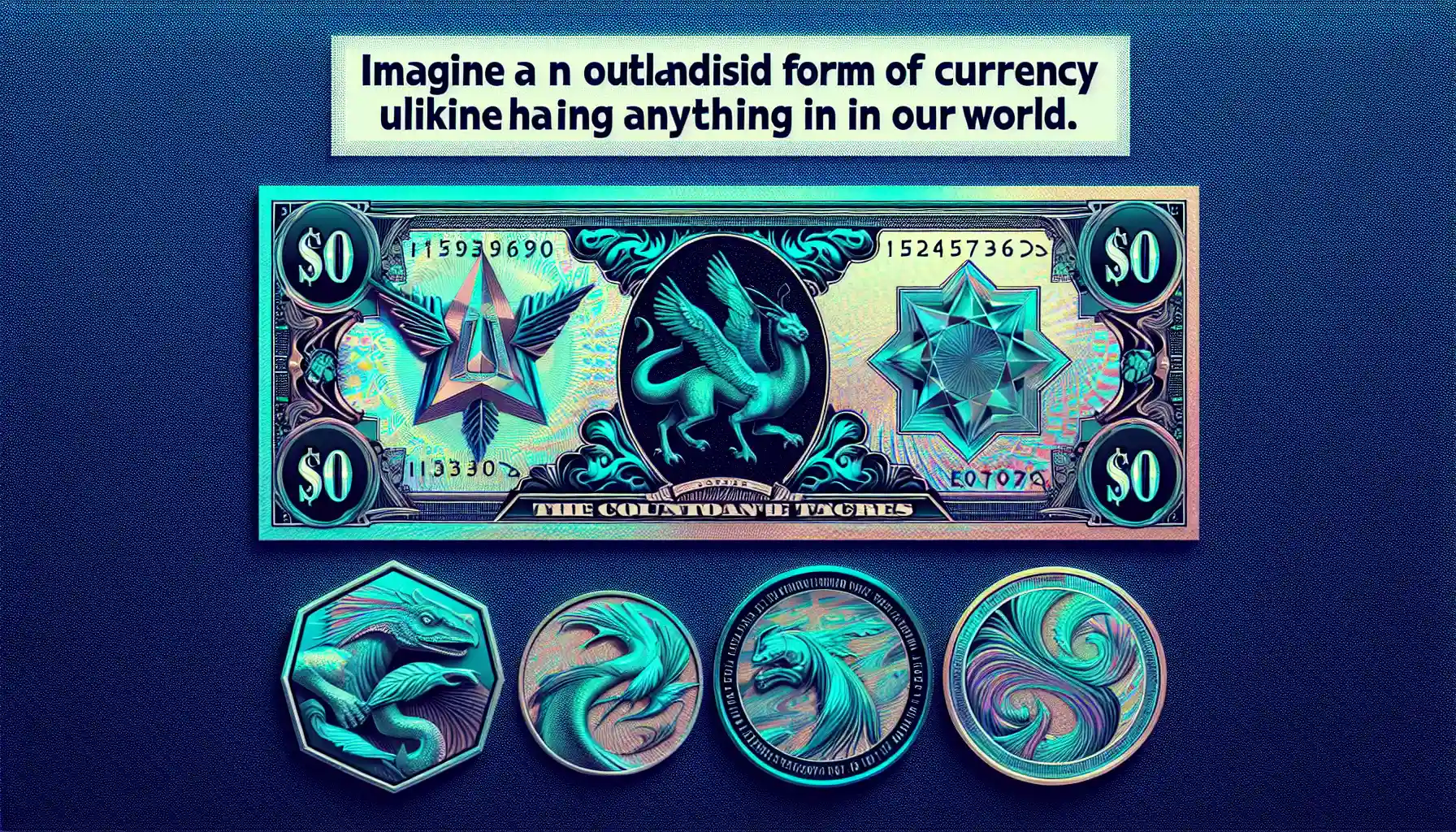
When Money Becomes Art: The Wildest Currency Concepts
Imagine holding a piece of currency so unique, it feels more like a collector's treasure than something you'd spend on groceries. Throughout history, some countries and cultures have turned money into miniature masterpieces, blending functionality with jaw-dropping creativity.
Take the **Palau $1 coin**, for instance. This isn’t your average coin jingling in a pocket—it features a tiny, embedded vial of holy water straight from the River Jordan. Yes, you read that right. A literal drop of sacred history, encased in shimmering silver, turning a simple coin into a spiritual keepsake.
Or consider **Iceland’s fish-shaped banknotes**. Forget rectangles—these notes were designed to mimic the sleek, flowing shape of the sea creatures that sustain the island’s economy. A brilliant homage to their heritage, don’t you think?
And let’s not overlook the boldness of **Zaire’s hyperinflation bills**. When their dictator was overthrown, the government issued banknotes with his face hastily removed—leaving ghostly blank spaces where his portrait once loomed. It’s eerie, yet oddly poetic.
- Coins embedded with meteorite fragments
- Glow-in-the-dark polymer notes
- Banknotes that double as playable sheet music
Who knew money could be so bizarrely beautiful?
Historical Examples of Strange and Unique Money
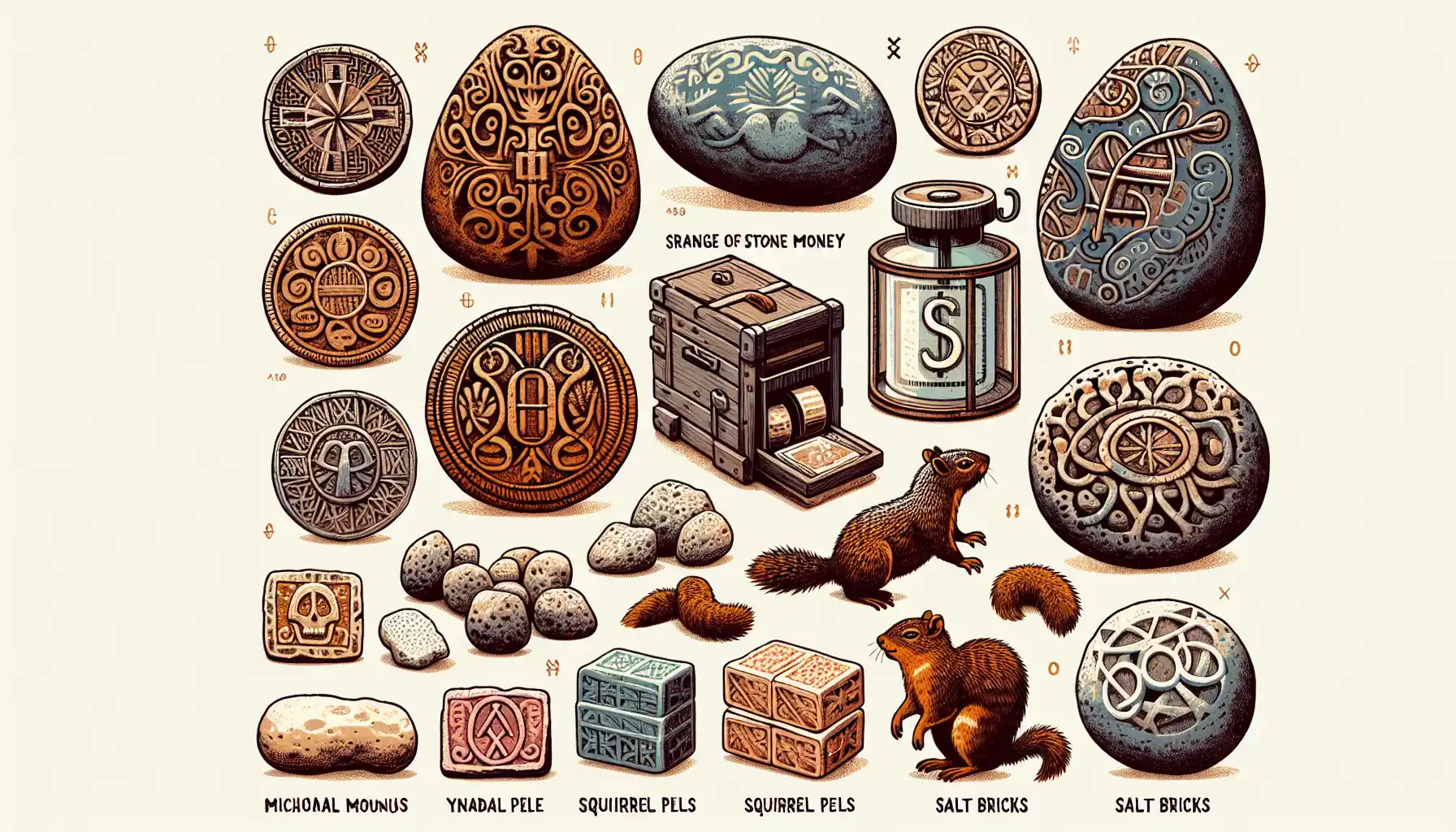
When Money Wasn't Paper: Yap's Enormous Stone Discs
Imagine paying for your morning coffee with a coin so massive it needs its own parking space. Welcome to the world of the
Yap Rai stones, one of history’s most jaw-dropping forms of currency. These colossal limestone discs, some as big as a car tire and weighing up to four tons, were used on the Micronesian island of Yap. Yes, you read that right—TONS.
But here’s the kicker: these stones weren’t even moved during transactions. Ownership simply changed hands, often with a nod or a conversation under a palm tree. Can you picture it? “That giant rock by the lagoon? Yep, that’s my down payment on a canoe.”
The Rai stones’ value wasn’t just about size. Factors like the effort it took to carve them (using primitive tools!) and the perilous journey to transport them from distant islands added to their worth. Some even sank to the ocean floor during transit—and those were still considered valid currency!
So next time you're fumbling for loose change, spare a thought for the people of Yap and their immovable, yet priceless, cash.
The Impact of Eccentric Currency on Culture and Economy
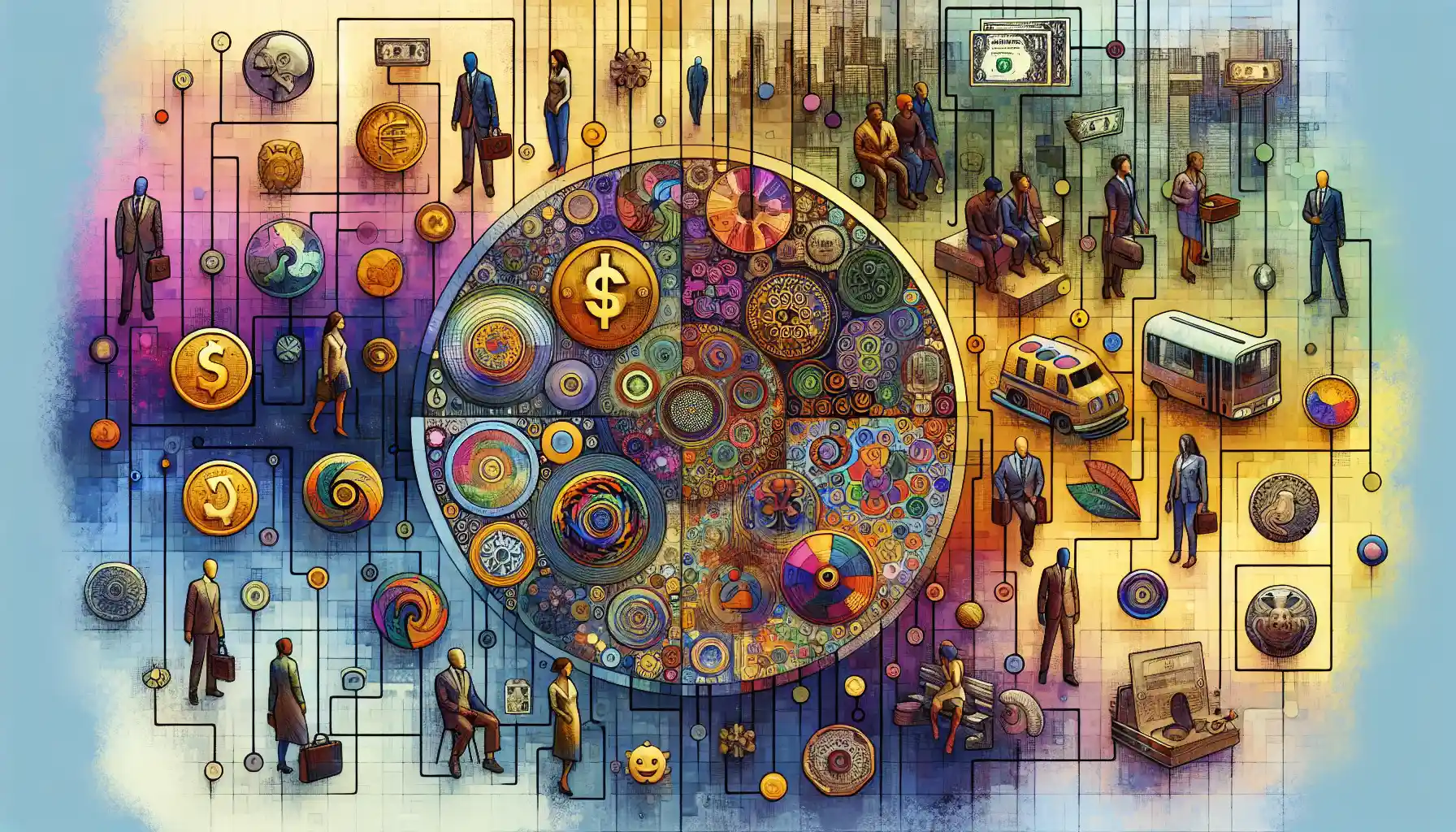
When Money Becomes Art: Currency as Cultural Expression
Imagine holding a piece of history in your hands—except this "piece" isn't a relic or a painting; it's a banknote. Some currencies throughout history have been so visually arresting, they feel more like masterpieces than legal tender. Take the 1980s Swiss franc, for instance. Instead of the usual parade of political figures, these notes celebrated art itself, featuring portraits of composers and architects with intricate, almost dreamlike designs. It's as if Switzerland whispered, "Why not make money... beautiful?"
But it’s not just about beauty. Some eccentric designs carry deep cultural messages. The Polynesian Rai stones, enormous circular limestone discs, were impossible to move but traded like gold. They transformed the idea of currency into something communal—proof that value isn’t always about portability.
- The Icelandic króna once showcased fish—yes, fish!—highlighting their marine heritage.
- Zimbabwe’s $100 trillion note captured hyperinflation with jaw-dropping drama.
These designs don’t just make us gawk; they remind us how deeply intertwined currency is with identity. After all, a nation's money says, "This is who we are."






